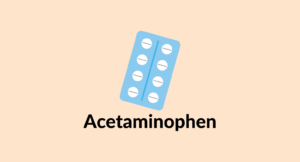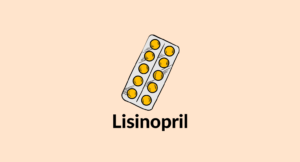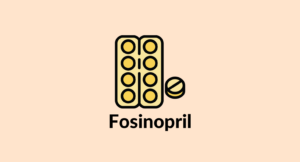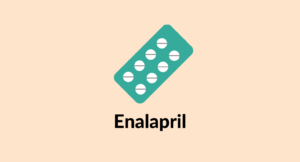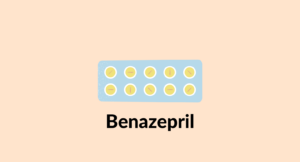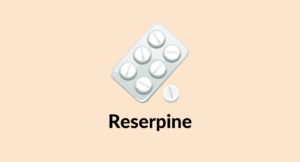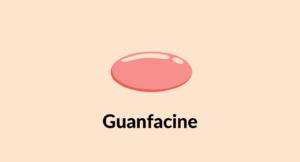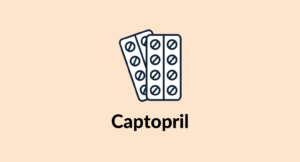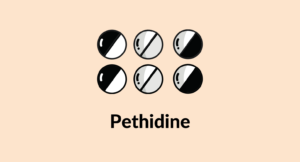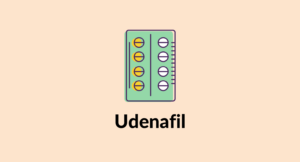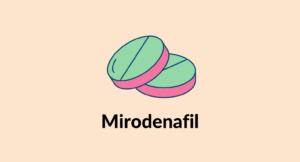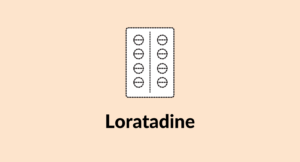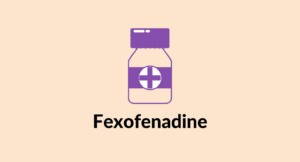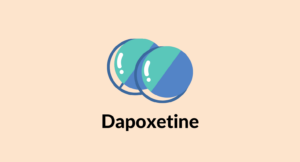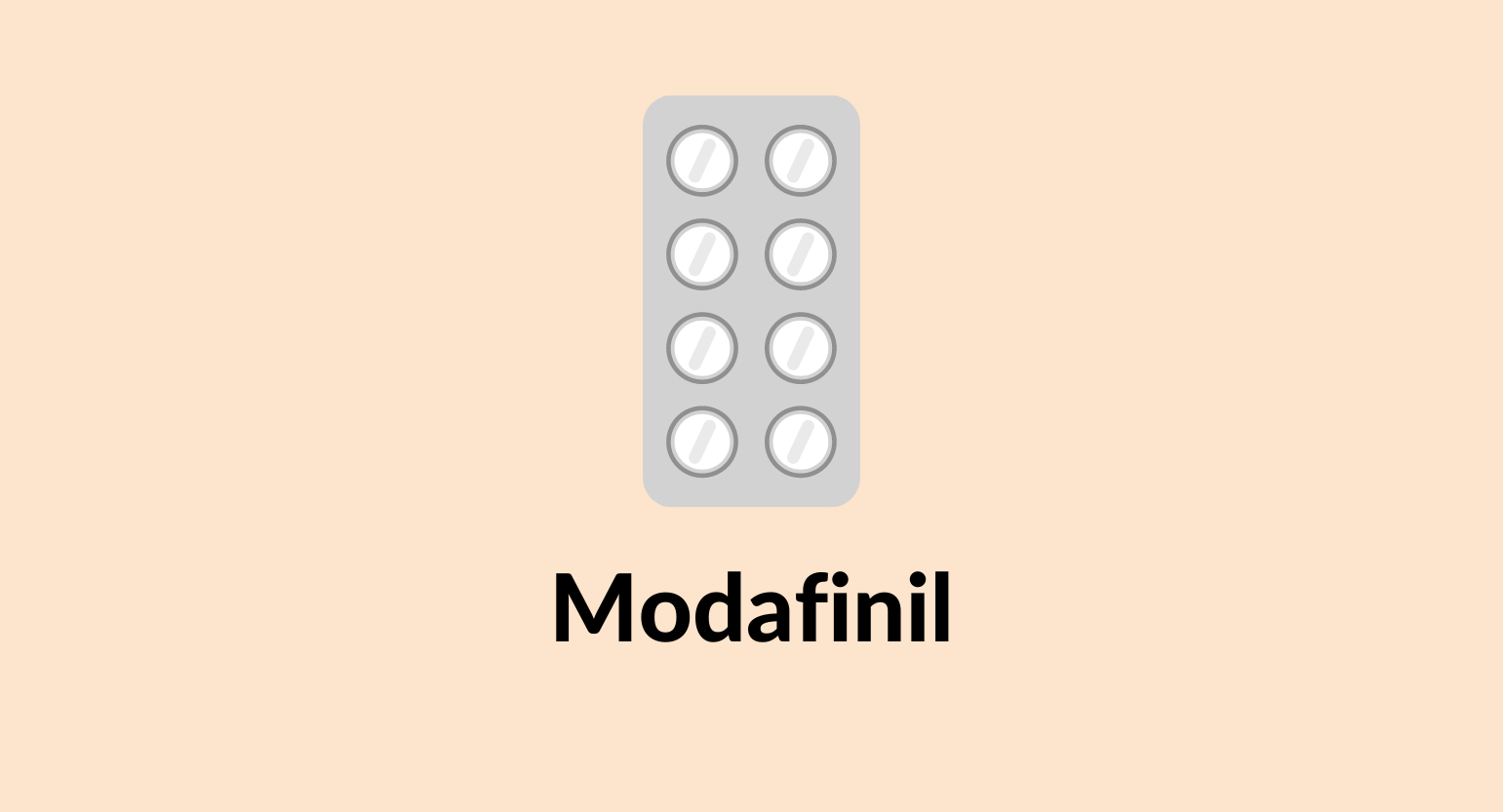
Does CBD Interact With Modafinil (Provigil)?
CBD may offset some of the side effects of modafinil, but it could also negate its effectiveness as a medication.
Is this combination safe?
Modafinil is a central nervous system stimulant drug used for enhancing wakefulness in patients with sleep apnea, narcolepsy, or shift work sleep disorder.
Many people report mixing CBD with modafinil to curb some of the unwanted side effects — including agitation, anxiousness, and insomnia.
But is this combination safe? What are the risks of taking CBD and Provigil?
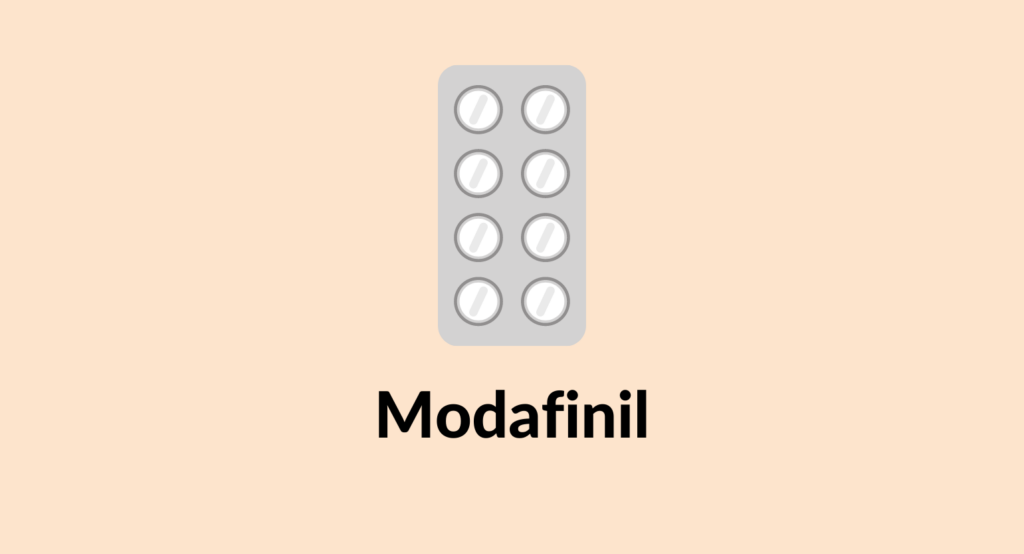
Does CBD Interact With Modafinil (Provigil)?
Yes. CBD may interact with modafinil. Most people report positive effects from this combination, but negative side effects are also possible.
The interaction between these two drugs is considered mild, and serious side effects are unlikely to happen.
CBD has a relaxing, mildly sedative action. It may interfere with the ability for modafinil to do its job — potentially leading to side effects by not treating the condition it’s used for sufficiently. Negative interaction is most likely to happen in people using modafinil in the treatment of narcolepsy.
For off-label use, CBD is more likely to lead to positive interactions, such as a reduction in anxiousness and insomnia that come as a side effect of taking modafinil.
There are two main ways CBD may interact with modafinil in the body:
A) CBD May Prevent Modafinil From Doing its Job
When one drug negates the actions of another drug, it’s called an antagonistic interaction.
Modafinil is a stimulant, but CBD is a relaxant, so these effects may directly interfere with one another. This action causes one or both of these drugs to become less effective.
B) CBD May Slow Down Modafinil’s Elimination (Metabolic Competition)
CBD can interfere with the metabolism and removal of modafinil (Provigil) in the body.
The enzymes from the P450 family metabolize most of the drugs in the body. When two drugs need the same enzymes to get metabolized, they end up competing against each other for them. The result of this competition between the drugs slows down the metabolism of one or both drugs.
Modafinil gets metabolized by the enzyme CYP3A4, which also metabolizes CBD. Taking them together on a recurring basis could cause plasma levels of modafinil to rise in the body.
If modafinil isn’t effectively cleared from the system between doses, it can build up and increase the risk of side effects.
C) CBD May Alleviate Negative Side Effects of Modafinil
Sometimes the antagonistic interactions of various compounds result in positive effects. For example, the relaxing qualities of CBD may alleviate or even prevent some of the most common and uncomfortable side effects of modafinil — including overstimulation, insomnia, muscle tension, and anxiousness.
It’s common for people using modafinil off-label to use substances like CBD or L-theanine for the purpose of negating some of the most prevalent side effects of the medication.
Similar Medications: CBD & CNS Stimulants
Modafinil is classified as a CNS stimulant. CBD and stimulants all share similar risks for interaction and side effects.
Here’s a list of similar medications that share a similar level of risk when combined with CBD:
- Amphetamine (Adzenys ER, Adderall, Mydayis)
- Lisdexamfetamine dimesylate (Vyvanse)
- Dextroamphetamine Sulfate (Zenzedi & Dexedrine)
- Methylphenidate (Ritalin)
- Atomoxetine (Strattera)
- Nicotine (Nicotrol)
- Cocaine (Neurocaine, Goprelto, Numbrino)
- Caffeine (Guaranine, Methyltheobromine, 1,3,7-Trimethylxanthine, Theine)
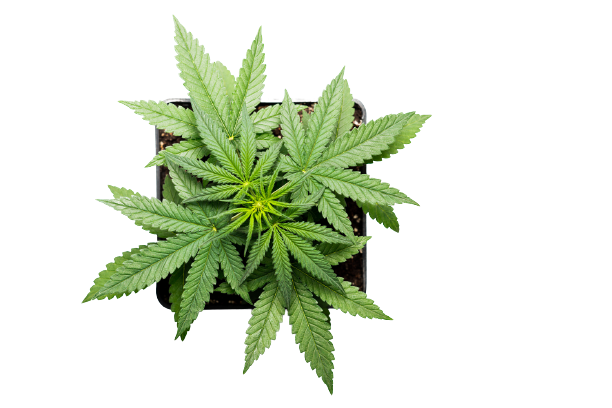
Is It Safe to Take CBD and Modafinil (Provigil) Together?
It’s generally considered safe to take low doses of CBD and modafinil together. However, CBD should be avoided if using modafinil for treating narcolepsy, as it may make the medication less effective for treating the condition.
Avoid using CBD and modafinil in combination on a daily basis. Due to the risk of metabolic competition, it’s possible this combination will increase serum levels of modafinil to dangerous levels over time.
If you’ve been given a prescription for modafinil (or any stimulant medication), speak to your doctor before taking CBD. They’ll be able to assess your level of risk based on the dosage of your prescription, other underlying medical conditions, and other factors.
Is CBD A Viable Alternative to Modafinil (Provigil)?
CBD is not a viable alternative to modafinil.
CBD is a relaxant, sleep-supportive, anti-inflammatory, analgesic, and anxiolytic [2]. Modafinil is entirely different and acts as a central nervous system stimulant.
However, CBD is sometimes used for the same applications as modafinil — such as improving focus and concentration, increasing creativity, and facilitating productive flow states [1]. These actions rely on entirely different mechanisms than modafinil.
What is Modafinil (Provigil)?
Modafinil is a central nervous system (CNS) stimulant. Provigil is one of its commonly-used brands, but there are plenty of generic options for this medication as well.
Modafinil is officially used for treating narcolepsy and sleep apnea, but off-label use is common as well. Here, it’s used to increase mental alertness and focus, combat mental fatigue, and alleviate symptoms of jet lag.
Modafinil is available prescription-only in most countries.
Modafinil (Provigil) Specs:

| Drug Name | Modafinil |
| Trade Names | Provigil, Alertec, Alertex, Altasomil, Aspendos, Forcilin, Intensit, Mentix, Modafinil, Modafinilo, Modalert, Modanil, Modasomil, Modvigil, Modiodal, Modiwake, Movigil, Resotyl, Stavigile, Vigia, Vigicer, Vigil |
| Classification | CNS stimulant |
| CYP Metabolism | CYP3A4 |
| Interaction With CBD | Metabolic competition, Antagonistic |
| Risk of Interaction | Mild |
What Does Modafinil (Provigil) Do?
Modafinil chemically induces a state of wakefulness in the brain by stimulating the secretion of orexin in the brain. Orexin is one of the primary regulators of “wakefulness” in the brain — along with epinephrine and norepinephrine.
This action is most useful for treating a condition called narcolepsy, which is characterized by a deficiency in orexin, causing individuals to experience excessive daytime drowsiness.
Modafinil may also act by a combination of various mechanisms such as direct inhibition of dopamine reuptake and indirect inhibition of noradrenaline reuptake in the ventrolateral preoptic nucleus (VLPO). Modafinil has partial alpha 1B-adrenergic agonist effects as well, which are thought to contribute to its wakefulness-promoting activity.
It’s believed that modafinil’s actions on orexin can increase the hypothalamic release of histamine, which can help in increasing wakefulness.
Modafinil is also thought to activate the glutamatergic circuits and inhibit GABA.
Side Effects of Modafinil (Provigil)
Even by itself, modafinil carries a moderate potential for dangerous side effects. These side effects become even more pronounced if combined with alcohol, other stimulants, blood thinners, PDE4 inhibitors, or medications that inhibit or induce CYP3A4.
Modafinil is contraindicated for use in uncontrolled moderate to severe hypertension, cardiac arrhythmias, history of left ventricular hypertrophy and ischemic ECG changes, chest pain, and mitral valve prolapse.
It should be used with caution and proper monitoring in patients with a history of psychosis, depression, mania, hypertension, hepatic and renal impairment.
It is not recommended for use in lactating and pregnant women. It is not recommended for children of any age as there is a higher risk of dermatological side effects.
It is thought to have less potential for abuse, unlike other stimulants, as it has no significant euphoric or pleasurable effects. However, it may become habit-forming. So use it only as recommended by your prescribing physician and never take more or less than prescribed. Modafinil should not be taken with alcohol of any kind.
Side Effects of Modafinil (Provigil)
- Abdominal pain
- Abnormal liver function tests
- Aggression
- Amnesia
- Anxiety
- Arrhythmia
- Chest pain
- Chills
- Decreased appetite
- Depression
- Diarrhea
- Dizziness
- Dry mouth
- Dyspnea
- Epistaxis
- Fever
- Headache
- Hypersensitivity
- Hypertension
- Hypotension
- Insomnia
- Loss of muscle tone
- Mouth ulcer
- Nausea
- Neck pain
- Nervousness
- Paresthesia
- Pharyngitis
- Reversible psychosis
- Rhinitis
- Syncope
- Tremor
- Vomiting
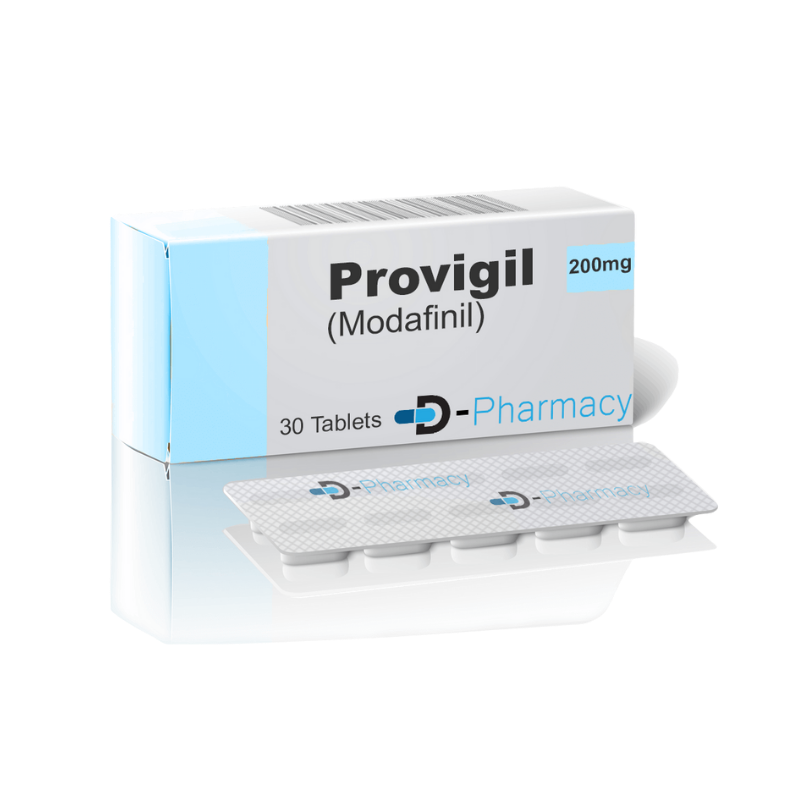
Key Takeaways: Is it Safe to Take Modafinil (Provigil) With CBD?
CBD and modafinil are unlikely to lead to any major side effects. CBD is often used alongside modafinil as a way to offset some of the common side effects of the medication, such as anxiousness, irritability, and insomnia.
However, CBD may also reduce the effectiveness of modafinil and hinder the body’s ability to metabolize it. If using modafinil for treating conditions such as narcolepsy, it’s best to avoid mixing it with CBD as it may lose its ability to effectively treat the condition.
If you’ve been given a prescription for modafinil, it’s wise to ask your doctor about mixing it with CBD first. Your doctor will be able to assess your individual level of risk by considering your other medications, individual dosages, underlying medical conditions, and more.
References
- Schafer, G., Feilding, A., Morgan, C. J., Agathangelou, M., Freeman, T. P., & Curran, H. V. (2012). Investigating the interaction between schizotypy, divergent thinking, and cannabis use. Consciousness and cognition, 21(1), 292-298.
- Blessing, E. M., Steenkamp, M. M., Manzanares, J., & Marmar, C. R. (2015). Cannabidiol as a potential treatment for anxiety disorders. Neurotherapeutics, 12(4), 825-836.
Signup to our newsletter
Be the first to know about our newest arrivals and special offers!
